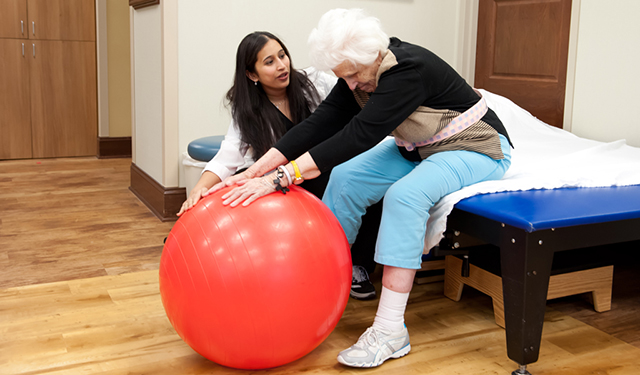Efficient Methods for Alleviating Breathlessness in Physical Rehabilitation Sessions
Efficient Methods for Alleviating Breathlessness in Physical Rehabilitation Sessions
Blog Article
Dyspnea, or difficulty respiration, is a frequent concern that many individuals face, particularly those with long-term lung diseases, heart issues, or other medical concerns. In physical therapy appointments, addressing breathing difficulties is crucial for helping patients improve their overall standard of life. By utilizing specific techniques and strategies, physical therapists can assist patients in managing their breathing difficulties. Grasping these efficient methods can enable both therapists and patients to collaborate together more efficiently in addressing challenges related to breathing difficulties.
One of the primary methods used to reduce breathing difficulties in physical therapy is the practice of controlled breathing exercises. These exercises often focus on abdominal breathing, which promotes patients to use their breathing muscle rather than their upper thoracic muscles when inhaling. This approach helps to increase lung capacity and effectiveness. Additionally, pursed-lip breathing is another approach that can be helpful. This technique involves inhaling through the nose and breathing out slowly through compressed lips, which can assist to keep airways clear longer and render breathing feel more manageable. By including these activities into therapy appointments, physical therapists can provide patients with strategies to control their breathing difficulties both during and outside of their appointments.
Another crucial aspect of controlling dyspnea in physical therapy is the creation of an individualized exercise regimen. Tailoring exercises to satisfy the specific needs and capabilities of each patient is essential. Therapists should gradually integrate aerobic exercises, such as ambulating or cycling, in a controlled manner, allowing patients to develop their endurance over a period. This incremental method helps patients to feel more comfortable with fitness activity while simultaneously improving their lung capability and overall endurance. It is important for therapists to monitor patients closely during these activities to ensure they are not overworking themselves, which could lead to increased difficulty of breath.
Teaching also plays a significant role in alleviating breathing difficulties during physical therapy appointments. Providing patients with information about their condition more tips here and the factors behind breathing difficulties can empower them to take charge of their health. Therapists can describe how factors like anxiety, posture, and environmental conditions can influence breathing. By comprehending these concepts, patients can learn to manage their issues more efficiently. Techniques such as stress reduction strategies and proper body posture can additionally assist in minimizing the effects of dyspnea during routine activities and therapy sessions.
In summary, effectively alleviating dyspnea in physical therapy sessions involves a mix of breathing activities, individualized exercise programs, and patient education. By applying these efficient methods, physical therapists can help patients manage their breathing difficulties and improve their overall well-being. Collaboration between therapists and patients is essential to create customized interventions that address specific needs. With the right support and techniques, patients can find relief from dyspnea and engage more completely in their physical therapy process, eventually leading to a better quality of life.